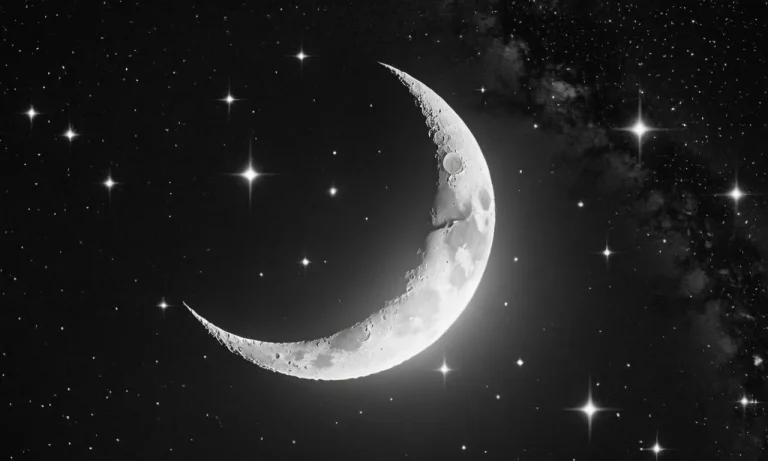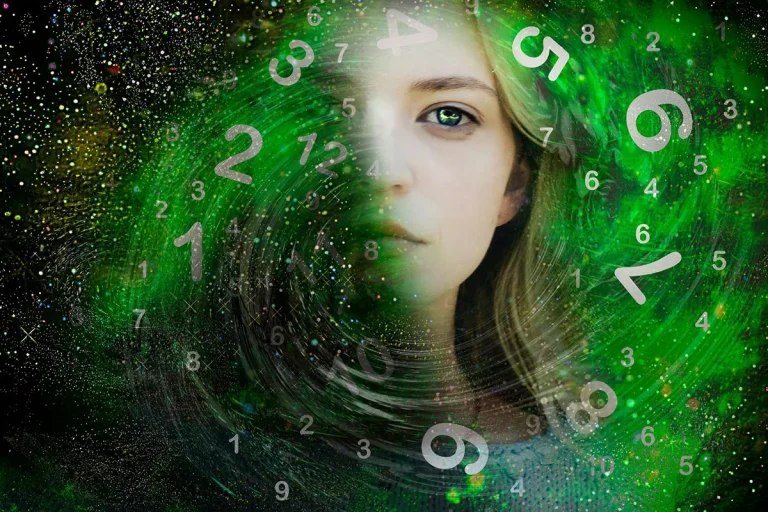The color red evokes a wide range of emotions and symbolic meanings that have developed over centuries of use in art, flags, literature, and religious symbolism. If you’re short on time, here’s a quick answer to your question: Red commonly symbolizes passion, aggression, danger, strength, power, determination, as well as love, leadership, courage, anger, and adventure.
In this comprehensive guide, we will explore the various spiritual meanings and symbolism of the vibrant color red throughout history and across different cultures and belief systems. We will examine how red is perceived and used in religion, mythology, art, flags, and more. We will also look at the psychological effects of red and why it is associated with such intense emotions and meanings.
Red in Religion and Mythology
Red in Christianity
In Christianity, the color red is often associated with powerful emotions and significant events. It symbolizes the blood of Christ and is used to represent sacrifice, redemption, and divine love. The red color is prominently featured during important religious ceremonies such as the Eucharist, where red wine is used to symbolize the blood of Jesus. Additionally, red is also associated with the Holy Spirit and is used to represent the fire of the Holy Spirit’s presence and power.
Red in Hinduism and Buddhism
In Hinduism and Buddhism, the color red holds deep symbolic meaning. In Hinduism, red is associated with the goddess Shakti, representing power, strength, and passion. Red is also considered a sacred color and is often used in religious ceremonies and rituals. In Buddhism, red is associated with the Amitabha Buddha, who represents love, compassion, and enlightenment. The color red is often seen in Buddhist temples and is believed to attract positive energy and ward off negative influences.
Red in Chinese Culture
In Chinese culture, red is a highly auspicious color and is associated with good luck, happiness, and prosperity. The Chinese consider red to be the color of life and celebration. It is traditionally used during important events such as weddings and festivals. Red is believed to ward off evil spirits and bring good fortune. The color red is also closely associated with the Chinese New Year celebrations, where red envelopes filled with money are given as gifts to bring prosperity and good luck for the coming year.
Red Symbolism in Flags and Culture
National Flags
Red is a color that holds significant symbolism in national flags around the world. It is often used to represent energy, power, and revolution. One example is the flag of China, which features a large red field with five golden stars. The red color in this flag symbolizes the Communist Revolution and the energy of the Chinese people. Another example is the flag of the United States, which has red and white stripes symbolizing bravery and purity, respectively. These are just a few examples of how red is used in national flags to convey important cultural and historical meanings.
Cultural Symbolism
Beyond national flags, red also holds cultural symbolism in many societies. In Chinese culture, red is considered the color of luck and prosperity. It is often used in celebrations such as weddings and the Lunar New Year to bring good fortune and ward off evil spirits. In Western cultures, red is associated with passion, love, and power. It is often used to represent romance and is a popular color choice for Valentine’s Day. The cultural symbolism of red varies across different regions and traditions, but it consistently carries strong emotional connotations.
Historical Significance
The symbolism of red can also be traced back to historical events and movements. For example, during the French Revolution, the red color was associated with the bloodshed and sacrifices made by the revolutionaries. The red cap, known as the “Phrygian cap,” became a symbol of liberty and freedom during this time. Similarly, in the Russian Revolution, red was the color of the Bolsheviks, symbolizing their fight for social equality and overthrowing the monarchy. These historical events have contributed to the symbolism of red as a color of revolution and change.
Red in Nature and Science
Red is a vibrant and powerful color that holds significant meaning and symbolism across various aspects of our lives. In nature, red is often associated with passion, energy, and vitality. It is a color that demands attention and evokes strong emotions. Let’s explore how red is seen in biology and nature, as well as its impact on psychology and physiology.
Red in Biology and Nature
In the realm of biology, red is a color that plays a crucial role in the natural world. Many plants and fruits, such as apples, cherries, and roses, showcase the vibrant hue of red. This color acts as a visual cue to attract pollinators like bees and birds, aiding in the reproductive process. The red coloration in animals, such as cardinals, ladybugs, and poison dart frogs, serves as a warning sign to potential predators, indicating toxicity or danger.
Furthermore, red is associated with blood, which is essential for sustaining life. The red blood cells carry oxygen throughout our bodies, ensuring the proper functioning of our organs and tissues. The presence of red blood cells is a vital component in maintaining our overall health and well-being.
Red in Psychology and Physiology
When it comes to psychology and physiology, red has a profound impact on our emotions and behaviors. Studies have shown that exposure to the color red can increase heart rate and blood pressure, evoking feelings of excitement and intensity. This physiological response to red can be attributed to its association with danger, passion, and power.
In terms of psychology, red is often linked to strong emotions such as love, anger, and desire. It is believed to stimulate appetite and enhance our sensory experiences, which is why many restaurants use red in their branding and decor. Additionally, red is associated with courage and confidence, making it a popular choice for sports teams and athletes seeking to psych up their opponents.
Red in Art and Design
Red is a vibrant and powerful color that has been used extensively in art and design throughout history. Its bold and energetic nature makes it a popular choice for artists and designers looking to make a strong visual impact. Let’s explore some of the ways red has been used in art and design:
Symbolism in Art
In art, red often symbolizes intense emotions such as love, anger, and passion. It can evoke feelings of energy, power, and excitement. Many famous artists, such as Vincent van Gogh and Mark Rothko, have used red prominently in their works to convey these emotions. For example, van Gogh’s famous painting “Starry Night” features swirling reds in the night sky, creating a sense of movement and intensity.
Attention and Focus
Red is also known for its ability to grab attention and stimulate the senses. In design, it is often used to highlight important elements or draw the viewer’s eye to a specific area. For example, in advertising, red is commonly used in logos and call-to-action buttons to create a sense of urgency and encourage immediate action.
Cultural and Symbolic Meanings
Red holds different cultural and symbolic meanings across various societies. In Western cultures, it is often associated with love, passion, and power, while in Eastern cultures, it symbolizes luck, prosperity, and celebration. In Chinese culture, red is particularly significant during festivals such as Chinese New Year, where it represents good fortune and happiness.
Psychological Effects
Psychologically, red has been found to have stimulating and energizing effects on the human mind and body. It can increase heart rate and blood pressure, as well as enhance feelings of excitement and enthusiasm. This is why red is often used in environments where high energy and activity are desired, such as restaurants and entertainment venues.
Color Combinations
Red is a versatile color that can be paired with various other colors to create different effects. When combined with white, it can create a clean and minimalist look, while pairing it with black can create a bold and dramatic contrast. Red can also be combined with complementary colors like green or blue to create a sense of balance and harmony.
Conclusion
In summary, the color red has a complex symbolic meaning across cultures and contexts. It is most commonly associated with love, passion, strength, and aggression due to its bold, intense hue. However, red also represents other ideas like courage, leadership, anger, and adventure. Understanding the varied symbolic meanings of red provides deeper insight into art, religion, culture, and human psychology.






